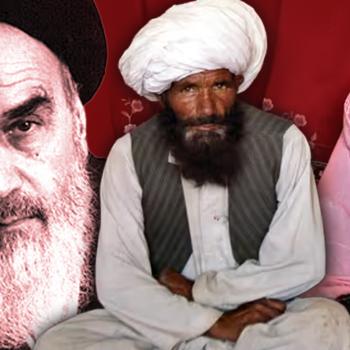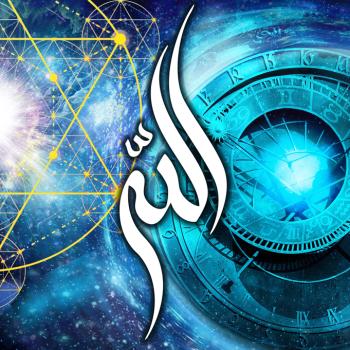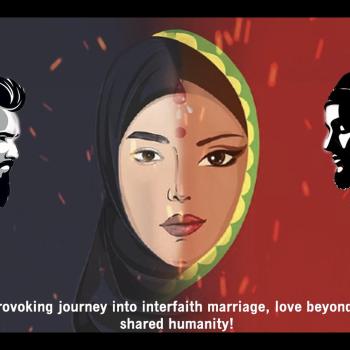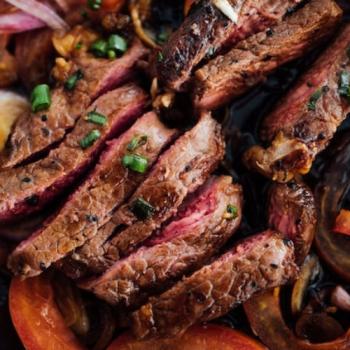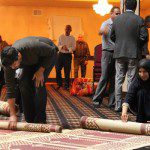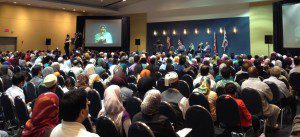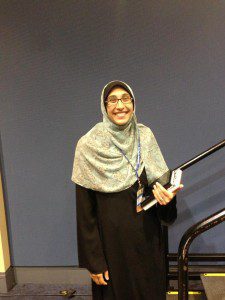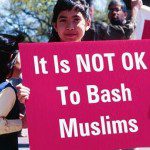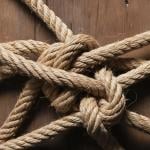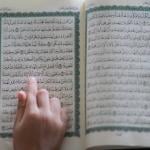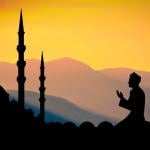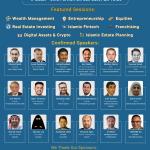 |
The 6th World Islamic Economic Forum (WIEF) took place in Kuala Lumpur on the 18th and 19th of May. The forum, which focused on the emerging economies of the Muslim world, was certainly a massive and impressive conference, with two thousand attendees. I felt very blessed to have been a part of the Marketplace of Creative Ideas component of the forum, which was essentially an artist showcase. This was the first such artist showcase at the World Islamic Economic Forum, and it showed a strong commitment and investment in the arts and in artists from the organizers, providing a good example for other arts patrons to follow.
Muslim artists located around the world and skilled in different mediums were invited to Kuala Lumpur after going through the submission process. The artists who presented their work included filmmakers, musicians, painters, photographers, designers, as well as a dancer and a comedian. In the middle of the venue sat a large dome made out of canvas that was soon covered in paintings by artists and attendees alike. The dome-painting was a great incentive for everyone to become a little creative.
As a filmmaker I was part of the screening room, a film festival within the Market, and I showed my latest film, TruthSearch, which critiques mainstream American media coverage of the beginning of the Iraq War. I used the sessions as a teachable moment on the state of media monopolization and its effects on the information we receive, and to advocate for the growth of the independent media movement.
The Marketplace provided great opportunities for the conference attendees and for the artists themselves to learn about other mediums of expression, and to engage with each other and the created work. I was fortunate enough to get to know many of my fellow artists, and had many conversations with painters, photographers, and musicians, about what it means to be an artist, how to get our work out there, and why we do what we do.
We were all brought to Malaysia for the showcase because we are ‘Muslim artists’. Its important to note though that many who are in the arts, in the creative fields, tend to be more subtle on showing their identity in their work. For many of us, you wouldn’t know that we’re artists who are Muslim unless you see us face-to-face.
Many Muslim artists, or artists who are Muslim, tend to shy away from the label of being a ‘Muslim artist’ since the creative work can reflect many different experiences and identities, and not just the Muslim label. Those who create, those who make art, tend to absorb everything around them, including their own multiple identities, and may tend to have a private persona, but the feelings and emotions are expressed in a creative output, which can have multiple meanings.
The Marketplace was a very intriguing space for this reason also; for bringing together artists who identify as being Muslim artists, as well as those who think of themselves as artists – who happen to be Muslim. Over time, what kind of reception will the Muslim label receive in the creative and artistic worlds? The label could either bring respect and curiosity, or provoke more Orientalist and ignorant sentiments.
Let’s hope the arts continue to gain more support and respect in the near future across all communities, including Muslim ones.
Hena Ashraf is a filmmaker and a fierce advocate for the making and use of independent media. She can be reached at hena[at]a2palestinefilmfest.org.


